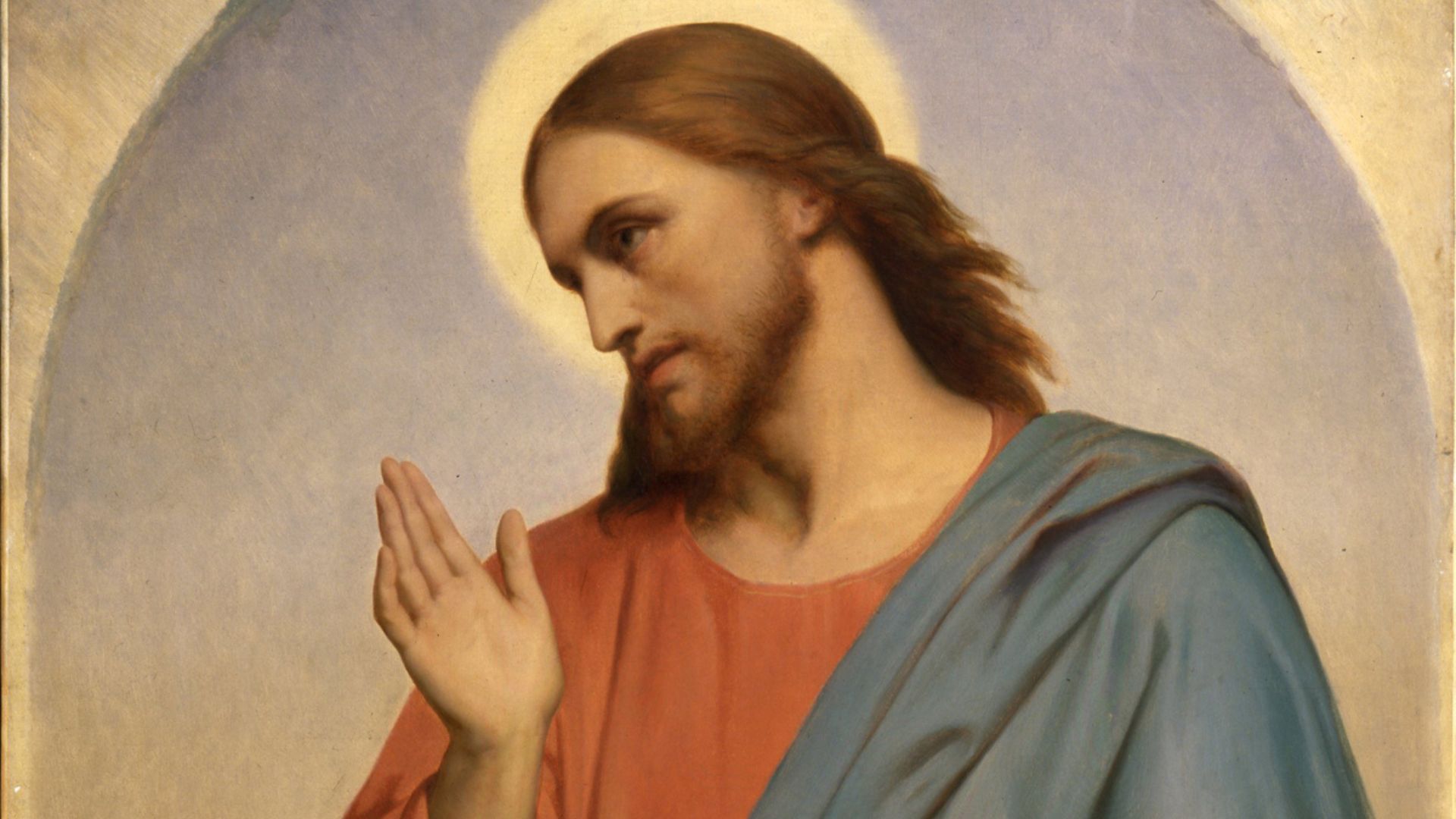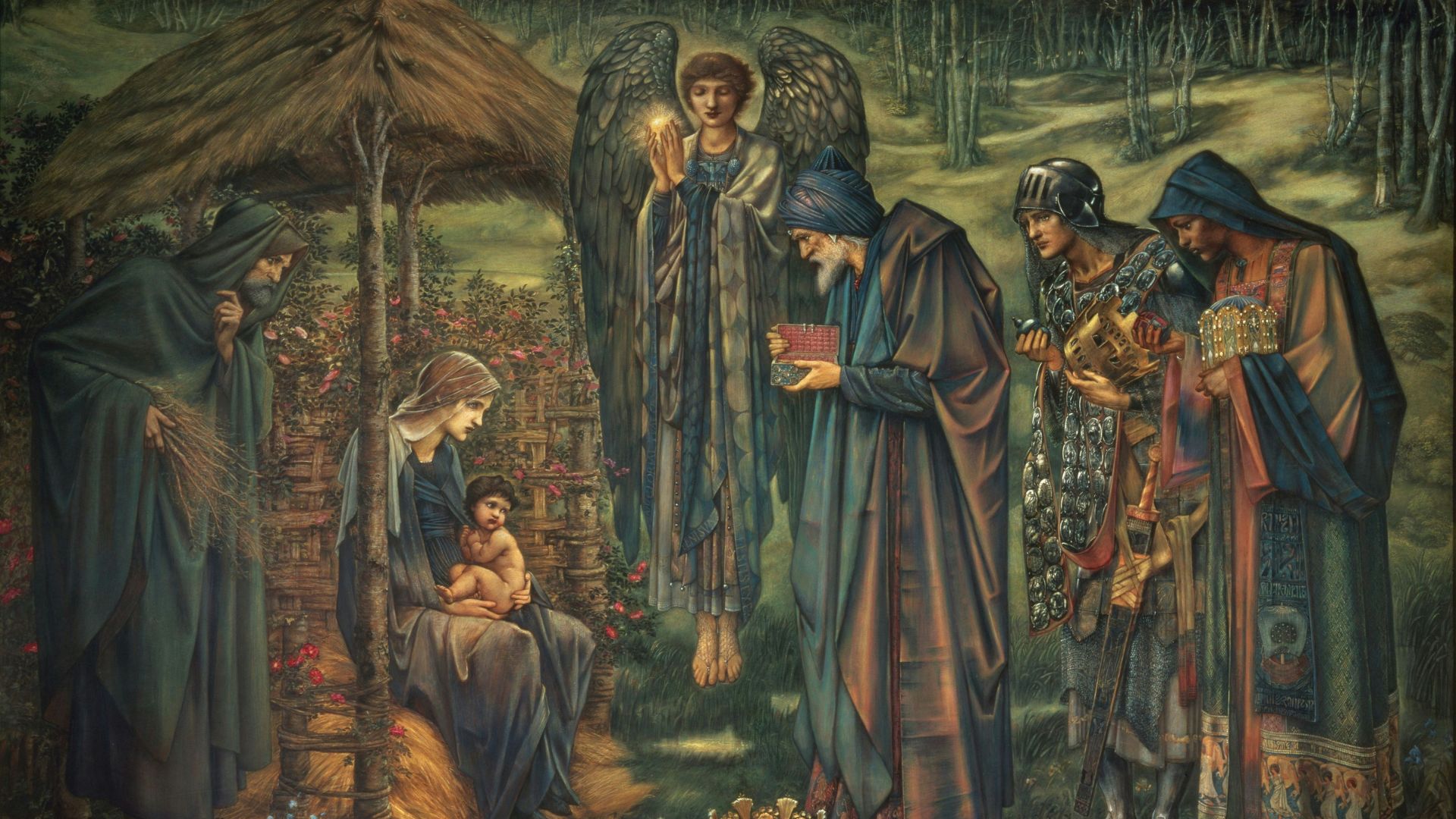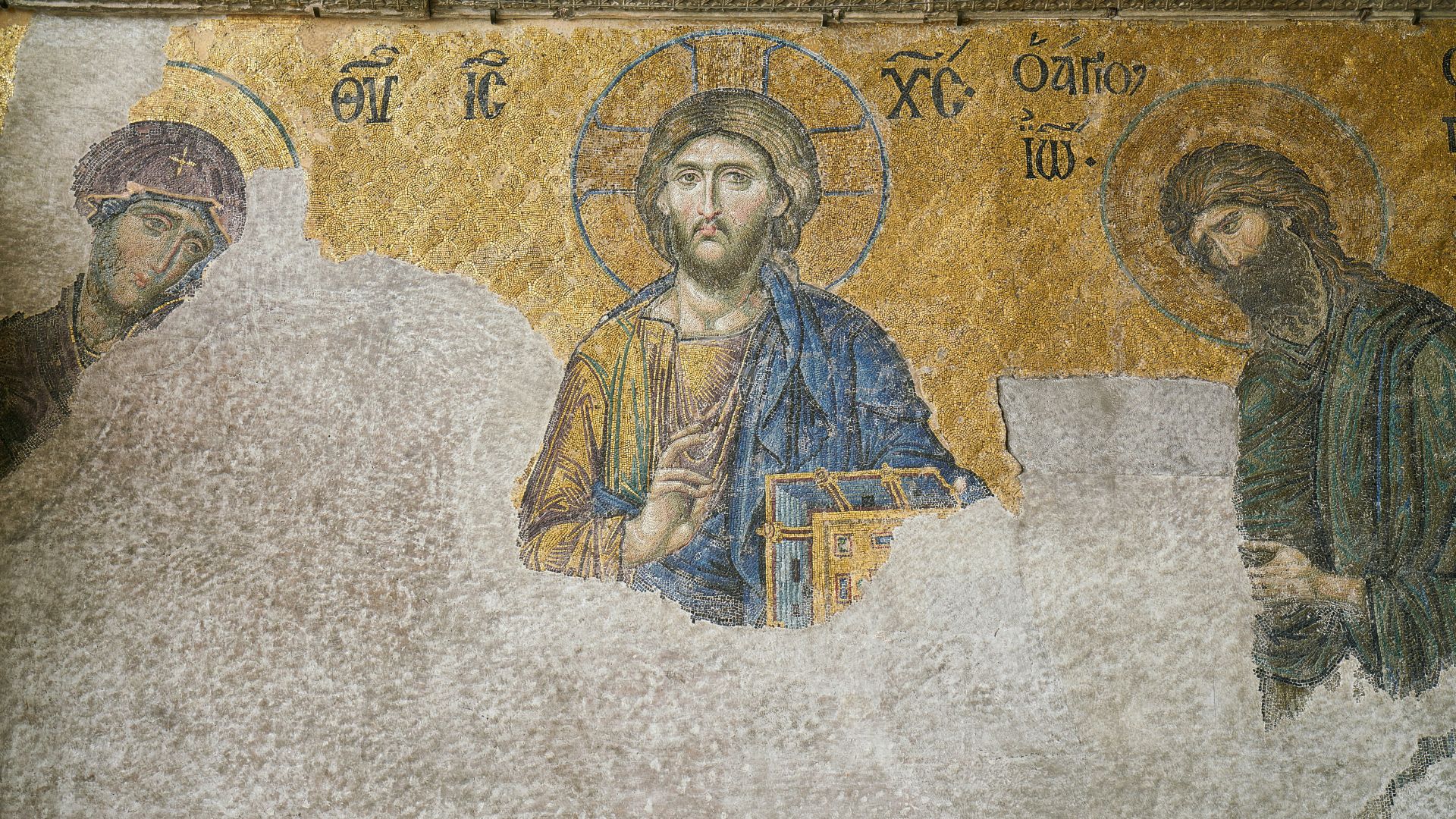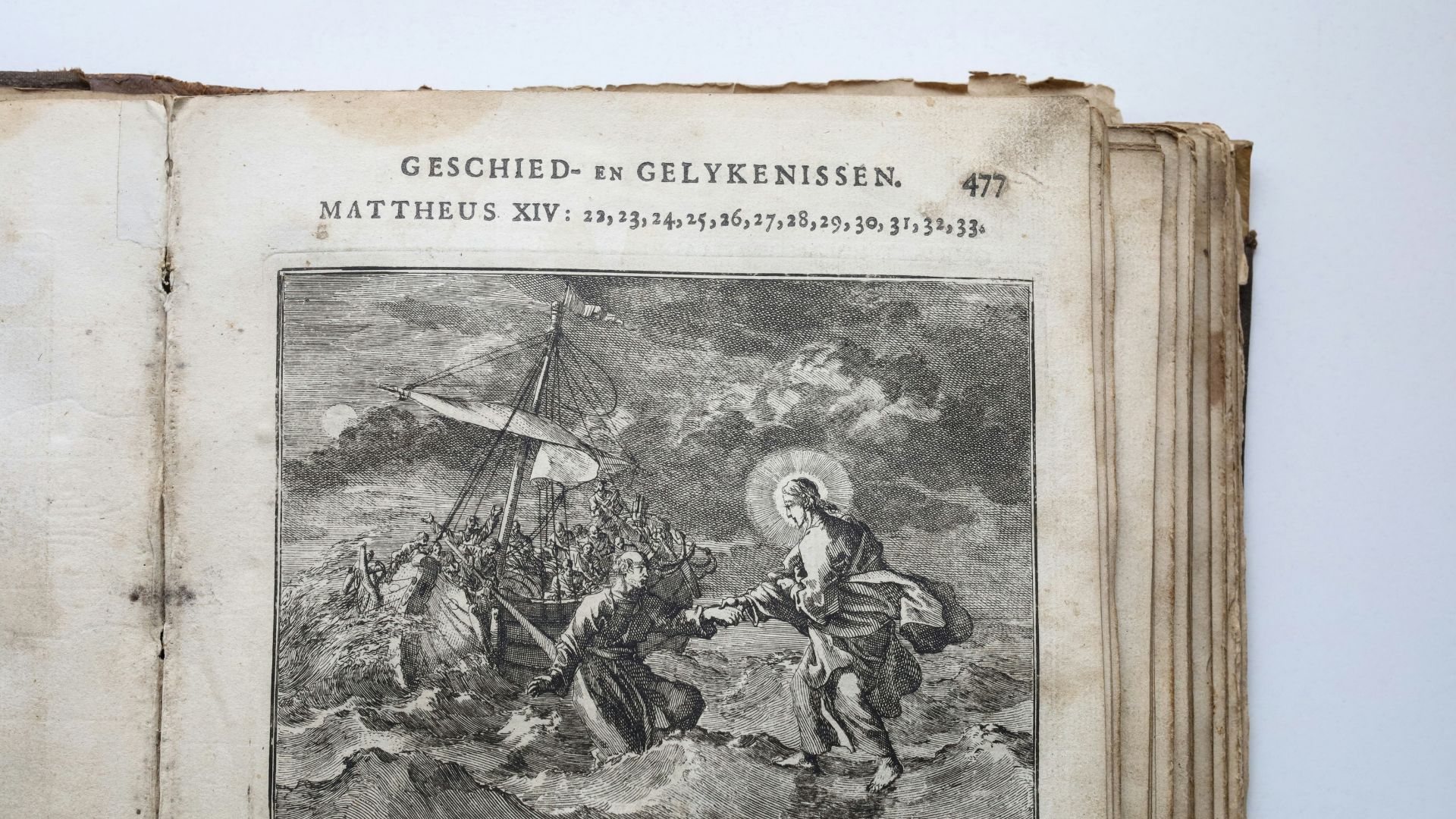A 1,600-year-old parchment containing an ancient tale about Jesus Christ’s childhood has recently been found in Germany. This text contains a story about Jesus that is not included in the Bible.
This remarkable parchment sheds light on the ancient past and the types of stories that were told almost 2,000 years ago.
The Discovery of an Old Piece of Parchment

This piece of parchment was discovered by chance in a German library at the Faculty of Theology at Humboldt-Universitat.
For quite a while, this specific papyrus went unnoticed by researchers and analysts. They didn’t believe this very old text was of major importance.
A Potential Shopping List

In fact, researchers at this German library simply thought that this parchment was a shopping list, or possibly even a letter.
Thanks to the way the text was scrawled, and the piece of parchment it was on, experts believed that the papyrus only contained a regular, mundane topic. So, they left it be for quite a while.
Another Look at the Papyrus

Eventually, researchers decided to take another look at this incredibly old piece of parchment. When they discovered the word Jesus written among the rest of the scrawled words, they realized they might have something special on their hands.
A full translation and analysis of the parchment was then undergone. Now, experts have realized that this text contains a story about Jesus Christ’s childhood.
A Story About a Five-Year-Old Jesus

In this text, a story about Jesus at only five years of age is told. According to those who translated this passage, this tale follows a young Jesus Christ as he crafts birds from clay while beside a river.
Jesus then is able to animate these clay birds and make them into sparrows, bringing them to life.
A Tale Not in the Bible

Notably, this story about a five-year-old Jesus is not in the Bible at all. However, researchers do believe that this story is possibly a part of a broader piece of work that existed 1,600 years ago.
Experts who analyzed this parchment think that it belongs in the Infancy Gospel of Thomas (IGT). This specific work dates all the way back to the 2nd century.
About the Infancy Gospel of Thomas

This specific gospel is thought to describe Jesus’ childhood and early years. However, it is not included in the Bible and was excluded when the Bible was first put together.
Though this story of Jesus when he was five was not included in the Bible many around the world read today, it appears this story was at least known to some extent 1,600 years ago.
Analyzing the Scrawled Handwriting

The parchment’s scrawled handwriting is just one factor why experts have come to the conclusion that this story was known back in ancient times.
Researchers believe this script looks so “clumsy” because a young child likely wrote it back in the 4th or 5th century in Egypt.
A School Assignment

Researchers now also believe that this parchment written by a young child could have simply been a writing assignment conducted in a monastery or a school.
Now, this simple school assignment has stood the test of time to shed new light on ancient tales told about Jesus’ childhood.
A Story Well-Known in Ancient Times

Experts have explained that though this tale of Jesus’ childhood may be new to us, it was likely a well-known story back in both the Antiquity and the Middle Ages.
This story was also written in Greek. This has led researchers to believe that this gospel was first written in Greek, rather than another language.
The Oldest Copy of the Infancy Gospel of Thomas

Experts now believe that this parchment could be the oldest copy of the Infancy Gospel of Thomas that is currently surviving.
Before this stunning discovery, the earliest version of the gospel found was from the 11th century.
An Important Discovery

Researchers have explained that this important discovery will help them continue to analyze the ancient past.
“The fragment is of extraordinary interest for research,” Lajos Berkes, one of the researchers part of the parchment’s translation, said. “On the one hand, because we were able to date it to the 4th to 5th century, making it the earliest known copy. On the other hand, because we were able to gain new insights into the transmission of the text.”
